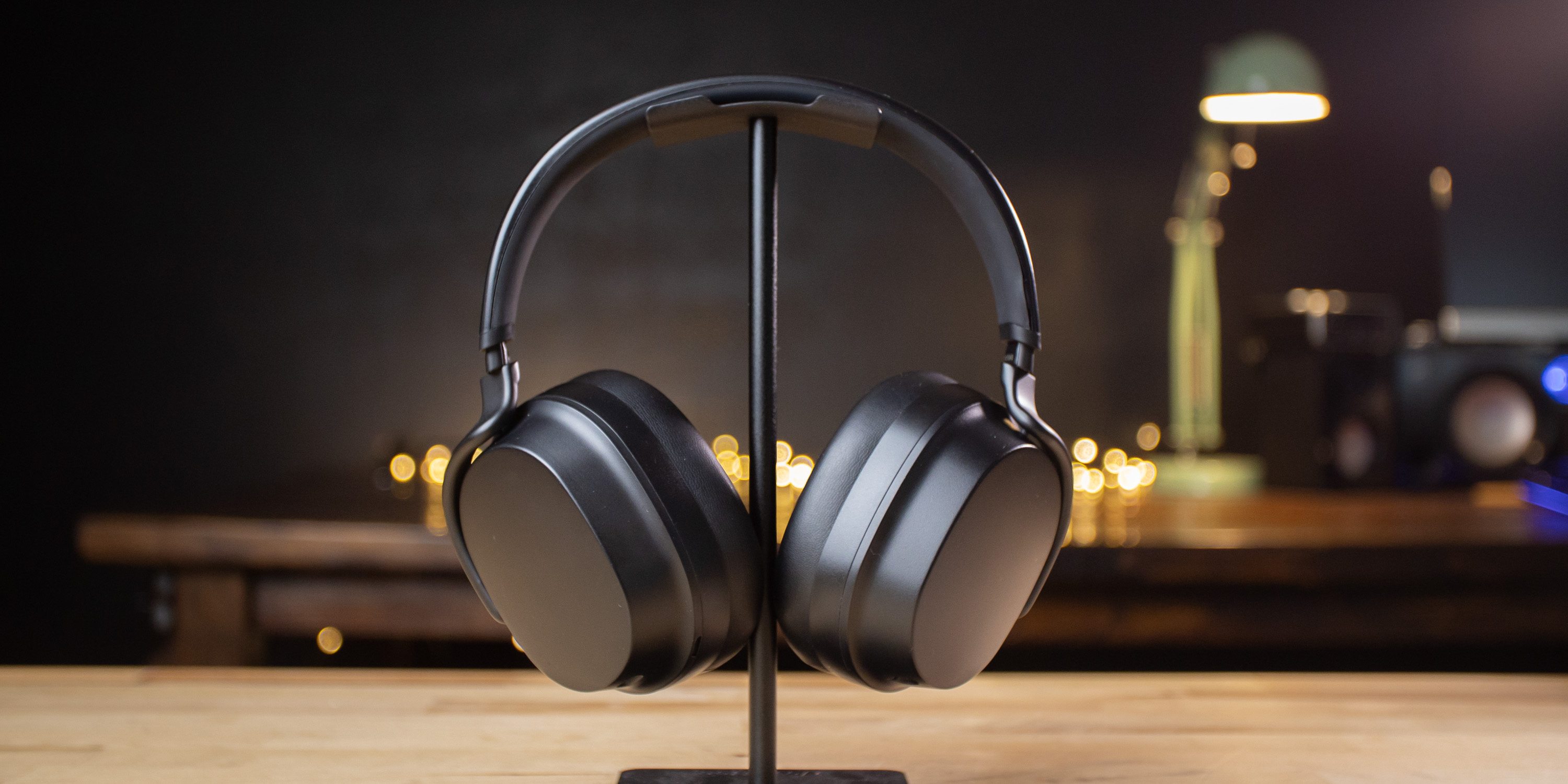

Reply to this email directly, view it on GitHub /issues/1#issuecomment-246071106, or mute the thread. Then up further up the pop-up window I click on my network name (SSID).

Method 3: Use Bit Driver Updater to Automatically Update 802.11n WLAN Driver (Highly-Recommended) Method 4. On my Panda PAU07 I just plug it in to the USB port either before or after the computer is started, then click on the wireless icon at the right side of the Linux Mint Panel and make sure Enable Networking and Enable Wi-Fi are checked in the pop-up window. Method 2: Use Device Manager to Update 802.11n WLAN USB Network Adapter Driver. Method 1: Manually Download and Install 802.11n WLAN Driver from Official Website.

You are receiving this because you modified the open/close state. 4 Methods to Download and Update 802.11n WLAN Driver on Windows 10, 8, 7.

Unzip the driver pack and copy the CHT T3 MRD PR2 Driver WW51.2 folder to C: Open CMD from Windows system. However, anybody can tell me how can I install driver :(:(. LattePanda4G64GBDrivers How to install: Download the right driver package. Subject: Re: Windows 10 Drivers please :) ( #1) On the plus side it even works with my Raspberry Pi which is very cool. Panda Ultra Wifi (b/g/n) 150Mbps Wireless-N 2.4GHz USB Adapter - Windows XP/Vista/7/8, Mac OS X, Ubuntu 12.04 TLS, Fedora 17 and Puppy 5.3. Besides having the correct chipset the Panda PAU05 also is a wireless N USB adapter, which most devices now use. The AWUS036NH is a great adapter for Kali Linux wireless penetration testing. To: LattePandaTeam/LattePanda-Win10-Software Inside is a Ralink WiFi chipset supported by the rt2800usb driver. If there is anything I can send to the devs, please let me know the address and what to send.Contribute to LattePanda-Win10-Software development by creating an account on GitHub.įrom: BOYNOYNUDEE Saturday, Septem7:55:13 AM Any ideas on what to look at next? I'd be happy to provide any logs or config file information if needed. I've tried some ideas that a Google search provided, opening a web page to pass traffic, then refreshing interfaces, etc but still no joy. My guess here is that monitor mode must be working on the usb wifi adapter since I can see open ports and IPs in nmap/Zenmap, but for some reason it's not being seen by Wireshark (3.0.5 if it matters). However, when I open Wireshark, only my BT and Ethernet connections are showing. I now have USBPcap 1.5.3.0 and Win10Pcap installed, and nmap 7.80 seems to be working just fine. Anyhow, I tried various versions and combinations of usbpcap, npcap, and win10pcap. I also uninstalled VMWare as it added several virtual network adapters and a bridge that I thought may be causing problems. I've reinstalled the latest drivers from Panda for the wifi adapter. It's a Lenovo laptop running Win 10 1809. So I had to reinstall Windows 10 on my laptop, and proceeded to break a working wifi monitoring setup. This download record installs the Windows® 10 and Windows 11 WiFi package drivers 22.170.0 for the Wi-Fi 6E/Wi-Fi 6/9000/8000 series Intel® Wireless Adapters.


 0 kommentar(er)
0 kommentar(er)
